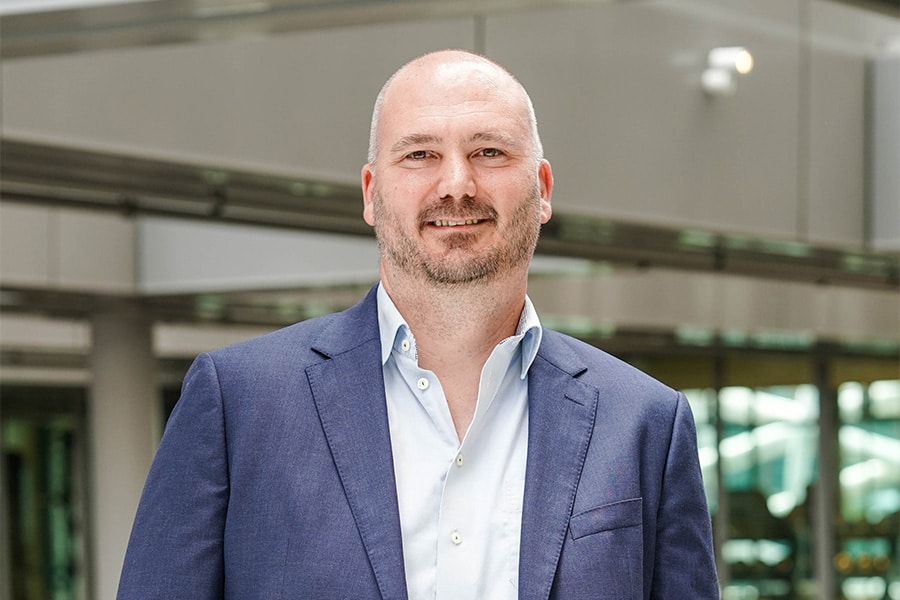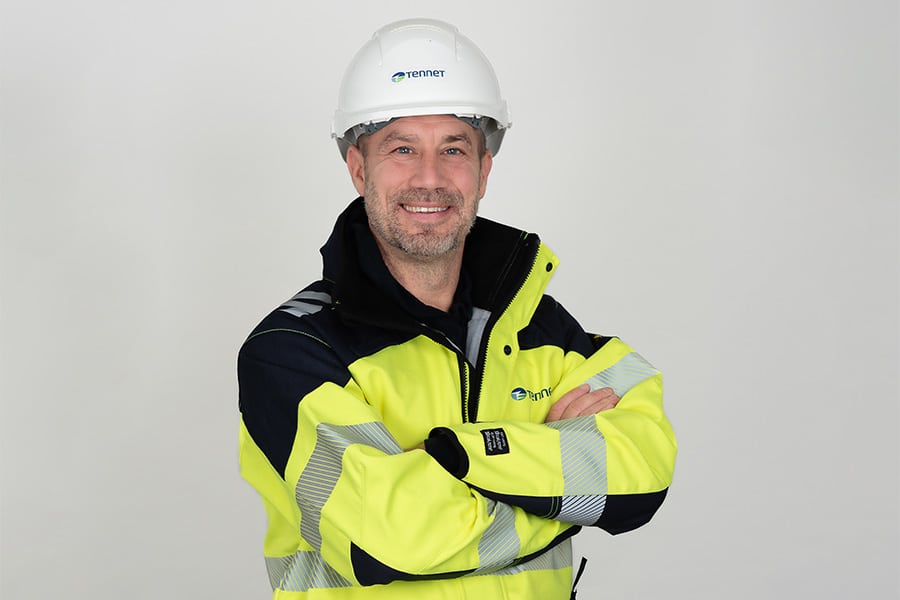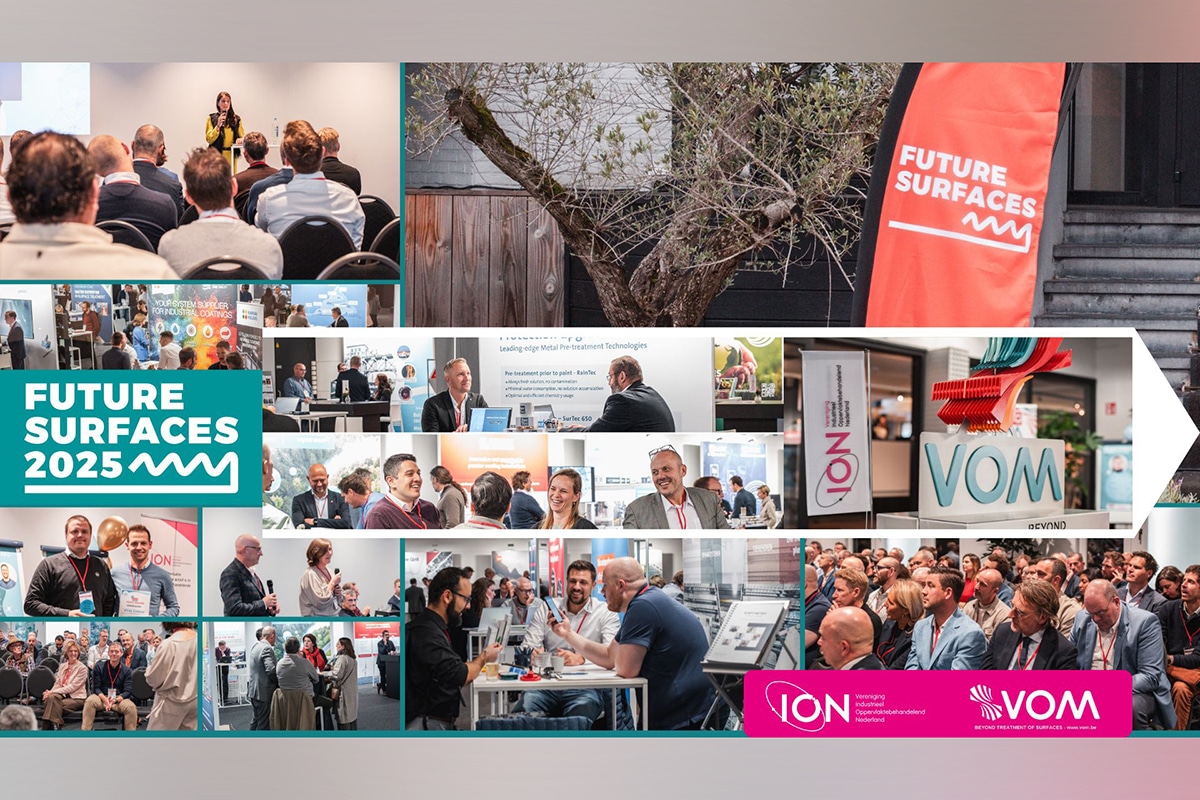
'Can it be an ounce less?'
Last month Gabriel Bosch, the previous columnist on this site, called. We knew each other from our studies in Delft. Would I also like to write a column for Concrete & Steel Construction? Of course! Concrete and steel are the 'backbone' of construction. In Delft, we learned to design with them. Powerful materials, which made spectacular constructions possible.
As I write this, I am on an international train. On rails of steel, supported by concrete. How appropriate. I am returning from Warsaw, where I was invited to give a keynote presentation on circular construction. No plane for me; you can't bring that to a sustainability conference, of course. Twice thirteen hours by train through Europe, that gives me time to look ahead and reflect.
We live in different times. Concrete and steel are no longer obviously the building blocks of the future, due to geopolitical tensions, energy prices and, above all, the CO2 emissions from production and transportation of these (heavy) materials. Those CO2 emissions are a crucial factor: the construction sector is responsible for about 11% of all CO2 emissions, and concrete and steel are among the very largest emitters. They are the "heavy guys" of construction.
The sector faces a huge challenge. By 2030, CO2 emissions must be reduced by 50% and the economy must be 50% circular. By 2050 even for both 100%, but the Netherlands is now only 24.5% circular (Circle Economy, Gap Report 2024). True, that is 3 times higher than the average for the entire world, but recent research shows that even in the Netherlands raw material use is increasing rather than decreasing (PBL, 2025). We are not moving fast enough in the right direction.
Still, I believe it can be done. The industry is innovating in abundance. Search "concrete" in Concrete & Steel Construction and you get 1,004 hits. 'Sustainable concrete' returns 392 hits. With steel, the ratio is similar. Almost 40% in combination with sustainable (but only 15% in combination with circular). Attention is growing, the tipping point is approaching. But we need to innovate and scale up faster, because many projects now on the drawing board will not be built until after 2030. They have to meet the new standards now. Clients also have an important responsibility here.
During my train ride, I also thought back to a quote I was given while studying Architecture. The great architect Buckminster Fuller once asked his pupil Norman Foster: 'How much does your building weigh, Mr. Foster?' Not a literal question, but a philosophical approach to lightweight, efficient and sustainable architecture. Foster grew to be an architect of weighty buildings, always seeking less weight. We need that mindset now more than ever. We need to know what a building weighs, in terms of raw materials, materials and CO2. And from there we need to build more impactful buildings with less environmental impact.
How do we do that? By designing lighter, with smarter, leaner structures and more efficient construction. By using other design tools (including parametric and more AI) and by leaving out what can be left out. But also by applying circular principles: reusing materials, modular and detachable, with less waste and more sustainable production with less CO2 emissions. And by looking at other materials, such as bio-based options and combinations, without writing off concrete and steel. A kind of together stronger, hybrid further. Because the two can remain relevant even in the longer term, but they have to adapt to the new era. Hopefully, then, we will still be able to read Concrete & Steel Construction ten years from now. Not out of nostalgia, but as a symbol of innovation and transformation. But before that, 'the heavy boys' will have to go on a diet. The building must not weigh an ounce less, it must!
I wrote this column in a personal capacity.
The Pen - ir. Petran van Heel MBA – Director of ESG at Colliers




